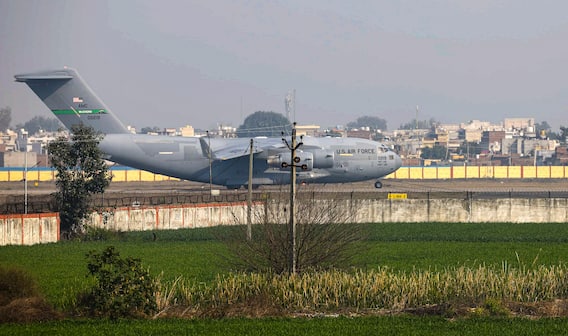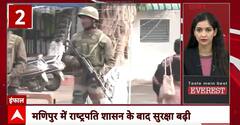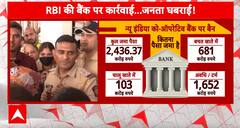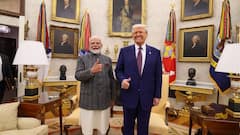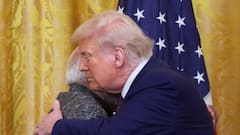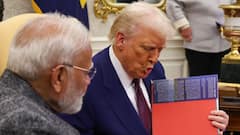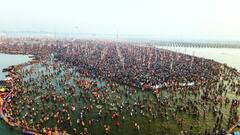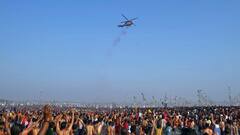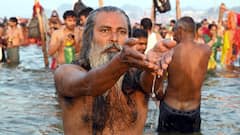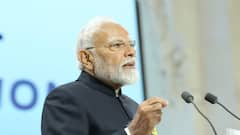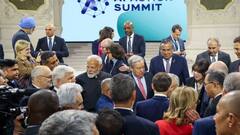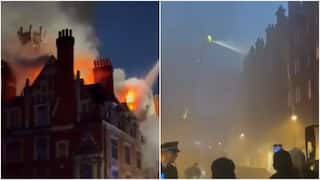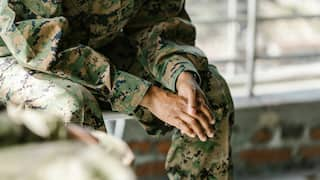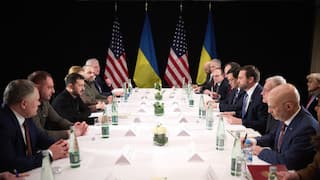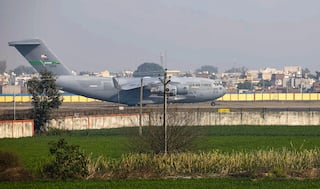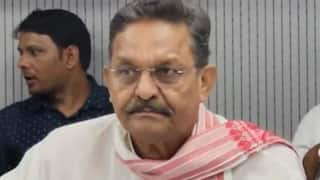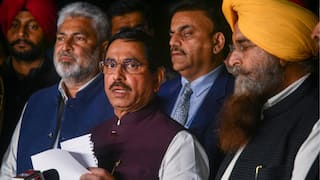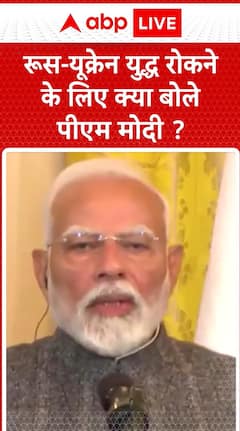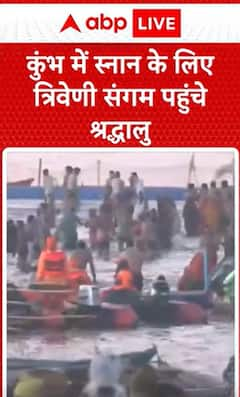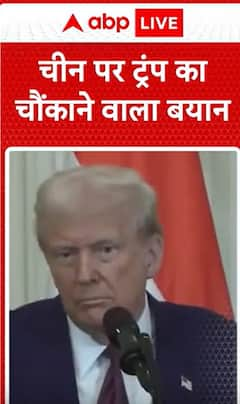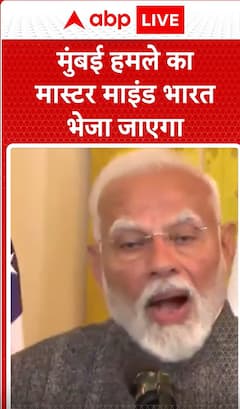Kargil Vijay Diwas 2022: 10 Army Heroes Of Kargil War India Will Always Be Proud Of
Kargil Vijay Diwas 2022: Here is a look at the 10 war heroes and their extraordinary tales of courage and bravery that India will always be proud of.

Every year on July 26, Kargil Vijay Diwas is observed to honour the heroes of the Kargil War in which India evicted Pakistani intruders and succeeded in recapturing Tiger Hill and other posts as a part of "Operation Vijay". The armed conflict continued for more than 60 days at Kargil in Ladakh.
The war took place between May and July of 1999 in Jammu and Kashmir's Kargil district. General Pervez Musharraf, the head of Pakistan's army at the time, is thought to have engineered the battle. Finally in the last week of July, the Indian Army, with help from the Indian Air Force, concluded the war.
Every year on this day, we pay homage to the hundreds of Indian soldiers who were martyred in the war initiated by Pakistan. Several events are also held across the country to recognise the contributions of the Indian Armed Forces.
Let us have a look at the 10 war heroes and their extraordinary tales of courage and bravery that India will always be proud of. Their stories of bravery, courage, and enthusiasm are larger than life.
1. Captain Vikram Batra
Born on September 9, 1974, in Palampur, Vikram Batra joined IMA in the Manekshaw Battalion in June 1996. After graduating from IMA on December 6, 1997, he was commissioned as a Lieutenant into the 13th Battalion, Jammu and Kashmir Rifles. Captain Vikram Batra immortalised himself by turning the tagline "Yeh dil mange more" (My heart begs for more) into an iconic war cry while displaying on national television the enemy's machine guns he had captured in the Kargil war.
Batra was awarded the Param Vir Chakra, India's highest gallantry honour, posthumously. Recently, a movie, named Shershaah, was made based on the life of Vikram Batra. He was dubbed the 'Tiger of Drass,' the 'Lion of Kargil,' the 'Kargil Hero,' and so on. He was named Sher Shah by Pakistanis after the fearsome warrior king of mediaeval India.
2. Grenadier Yogendra Singh Yadav
Born on May 10, 1980 at Sikandrabad, he was the sole survivor of an attack on Tiger Hill in which he took 15 bullets. He was a part of the Ghatak platoon that recaptured three strategic bunkers on Tiger Hill on July 4, 1999. Yadav led the assault but faced unrelenting fire from the Pakistani side, killing many of his colleagues. Yadav was himself hit by several bullets that rendered his left arm immobile.
Determined to achieve his objective, Yadav strapped his arm with a belt, wrapped a bandana around his leg and continued to fight the enemy. He killed four enemy soldiers in close combat and silenced the automatic fire. This gave the rest of his platoon the opportunity to climb up the cliff and capture the positions.
He received the Param Vir Chakra at the age of 19, becoming the youngest person to have received the award.
In an interview with DD National, Yogendra Singh Yadav said, "A soldier is like a selfless lover. With this unconditional love, comes determination. And for this love for his nation, his regiment, and his fellow soldiers, a soldier doesn't think twice before risking his life."
3. Lieutenant Manoj Kumar Pandey
Born on June 25, 1975 in Rudha village, Sitapur, Uttar Pradesh, Manoj Kumar Pandey served in the 1/11 Gorkha Rifles. His team was entrusted with clearing enemy positions so that his unit would not be exposed in the open. Khalubar was the battleground.
He bravely led his crew and was shot on a ledge, but he made it to the top of a cliff. Before succumbing to gunfire, he blasted enemy fortifications. His bravery eventually led to Khalubar's capture.
According to his father, he had joined the Indian Army with the sole aim of getting a Param Vir Chakra, the highest gallantry award, which he eventually received posthumously.
4. Lieutenant Balwan Singh
Born in October 1973 at Sasrauli, Haryana, Lieutenant Balwan Singh on July 3, 1999, with his Ghatak Platoon was tasked to attack the Tiger Hill from the North-Eastern direction as part of a multi-pronged attack.
He was the Tiger of Tiger Hill. Despite being severely injured, Lt. Singh killed four enemy soldiers in the ensuing close battle. The remaining Pakistani soldiers chose to flee rather than face the brave Indian officer's anger. He placed the Indian tricolor atop Tiger Hill and was later given the Mahavir Chakra for his gallantry.
5. Major Rajesh Singh Adhikari
Major Rajesh Adhikari, born in December 1970 in Nanital, was leading the central arm of three 10-man squads attempting to take a bunker at 16,000 feet near the Tololing feature. He demonstrated exceptional bravery in retaking Tololing, as he engaged in direct combat with Pakistani soldiers holding the bunkers.
Major Adhikari suffered significant bullet wounds and died beyond enemy lines on May 15. He was the second army officer killed in the Kargil war. Thirteen days later, his body was discovered. He had an unread letter from his wife in his pocket. For his bravery, he was posthumously given the Mahavir Chakra.
6. Rifleman Sanjay Kumar
Rifleman Sanjay Kumar was born in March 1976 in Kalol Bakain, Himachal Pradesh, and had previously been rejected by the Army three times. He is the youngest of the Indian Army's three surviving Param Vir Chakra recipients.
During the Kargil conflict, he was a member of a column tasked with capturing the region Flat Top of Point 4875 in the Mushkoh Valley.
When automatic fire from one of the enemy bunkers caused the column to stall, Kumar charged them front on. He was struck in the leg and hip. He did, however, single-handedly destroy a bunker after others in his unit were killed.
7. Major Vivek Gupta
Major Vivek Gupta was originally from Dehradun. He was in command of the leading Charlie Company on June 13, 1999, when the 2 Rajputana Rifles launched a Battalion attack on Tololing Top in the Drass Sector.
He was conducting a perilous mountain attack against the intruders from Pakistan. He took two bunkers before enemy gunfire ripped apart his torso in Drass.
For two days, the Major lay in the snow with his dead companions. He was killed in action on June 13, 1992, exactly seven years after being commissioned in the 2nd Rajputana Rifles.
Posthumously, he was awarded the Maha Vir Chakra, India's second-highest military decoration.
8. Captain N Kenguruse
Born in July 1974 in Kohima District, Nagaland, he led the task of storming a well-positioned enemy machine gun position on a cliff face that was substantially interfering with all approaches to the Battalion's major target. As the commando unit mounted the cliff face, heavy mortar and automatic fire began, resulting in heavy losses.
The officer was injured in the abdomen by a splinter. He was bleeding severely, yet he ordered his men to continue the onslaught. Because of his bravery, he single-handedly neutralised the enemy's position, allowing the battalion to advance.
He received the Maha Vir Chakra, India's second-highest military honor, posthumously.
9. Lt. Keishing Clifford Nongrum
Born in Shillong, Meghalaya, in March 1975, he was entrusted with assaulting the feature of the South-Eastern direction in the operation to seize Point 4812 in the Batalik Sector. He guided his column over the nearly vertical cliff face. For almost two hours, the enemy used automatic fire to pin down Lt. Keishing Clifford Nongrum's column. Despite this, he threw grenades into it, killing six enemy soldiers without regard for his personal safety. He then attempted to steal the enemy's universal machine gun from the second position and was shot.
He fought valiantly until he succumbed to his injuries. Posthumously, he was awarded the Maha Vir Chakra, India's second-highest military decoration.
10. Naik Digendra Kumar
Born in the month of July 1969 in Sikars, Rajasthan. During his company's assault on the Tololing feature in Drass Sector, he was the commander of the Light Machine Gun Group. The major goal was to take a well-defended enemy position. During his company's assault on the Tololing feature in Drass Sector, he was the commander of the Light Machine Gun Group.
The major goal was to take a well-defended enemy position. As a result, the opponent dropped his head and his own guy advanced towards the objective. Following the effective cover fire, his own forces rushed the opposing position and cleared it after a tough hand-to-hand battle.
He was awarded Maha Vir Chakra, India's second-highest military decoration in 1999.
Trending News
Top Headlines














